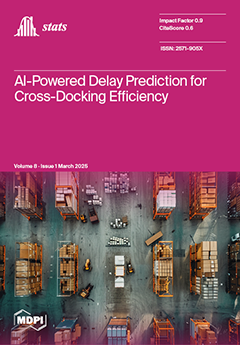Pre-taxation analysis plays a crucial role in ensuring the fairness of public revenue collection. It can also serve as a tool to reduce the risk of tax avoidance, one of the UK government’s concerns. Our report utilises pre-tax income (
) and total assets (
) data from 567 companies listed on the FTSE All-Share index, gathered from the Refinitiv EIKON database, covering 14 years, i.e., the period from 2009 to 2022. We also derive the
ratio, and distinguish between positive and negative
cases. We test the conformity of such data to Benford’s Laws, specifically studying the first significant digit (
), the second significant digit (
), and the first and second significant digits (
). We use and justify two pertinent tests, the
and the Mean Absolute Deviation (MAD). We find that both tests do not lead to conclusions in complete agreement with each other—in particular, the MAD test entirely rejects the Benford’s Laws conformity of the reported financial data. From the mere accounting point of view, we conclude that the findings not only cast some doubt on the reported financial data, but also suggest that many more investigations should be considered on closely related matters. On the other hand, the study of a ratio, like
, of variables that are (or are not) Benford’s Laws-compliant adds to the literature concerning whether such indirect variables should (or should not) be Benford’s Laws-compliant.
Full article





